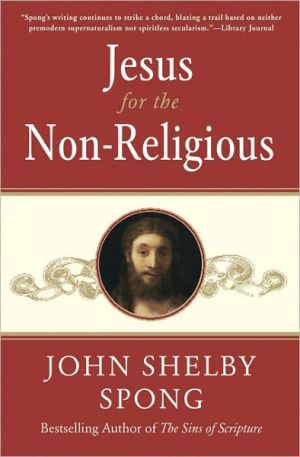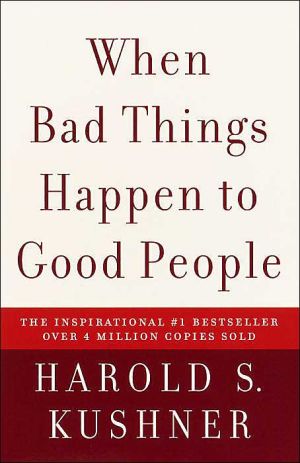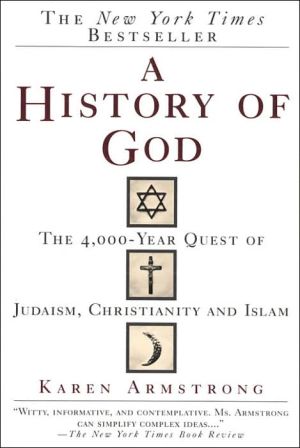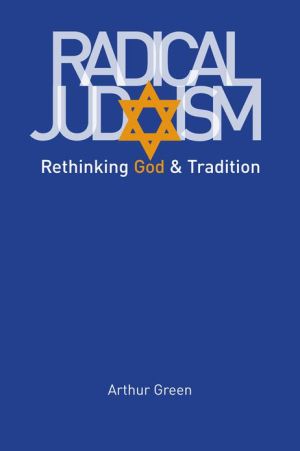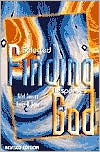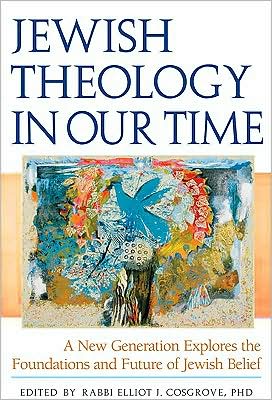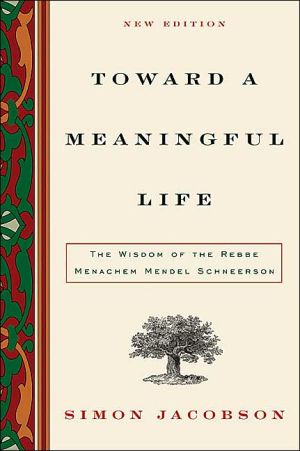Jesus for the Non-Religious
Writing from his prison cell in Nazi Germany in 1945 Dietrich Bonhoeffer, a young German theologian, sketched a vision of what he called "Religionless Christianity." In this book, John Shelby Spong puts flesh onto the bare bones of Bonhoeffer's radical thought. The result is a strikingly new and different portrait of Jesus of Nazareth, a Jesus for the non-religious. \ \ Spong challenges much of the traditional understanding, from the tale of Jesus' miraculous birth to the account of his...
Search in google:
Writing from his prison cell in Nazi Germany in 1945 Dietrich Bonhoeffer, a young German theologian, sketched a vision of what he called "Religionless Christianity." In this book, John Shelby Spong puts flesh onto the bare bones of Bonhoeffer's radical thought. The result is a strikingly new and different portrait of Jesus of Nazareth, a Jesus for the non-religious. Spong challenges much of the traditional understanding, from the tale of Jesus' miraculous birth to the account of his cosmic ascension into the sky. He questions the historicity of the ideas that Jesus was born in Bethlehem, that he had twelve disciples, or that the miracle stories were ever meant to be descriptions of supernatural events. He also speaks directly to those critics of Christianity who call God a "delusion" and who describe how Christianity has become evil and destructive. Spong invites his readers to look at Jesus through the lens of both the Jewish scriptures and the liturgical life of the first century synagogue. He proposes a new way of understanding the divinity of Christ as the ultimate dimension of a fulfilled humanity. Jesus for the Non-Religious may be the book that finally brings the pious and the secular into a meaningful dialogue, opening the door to a living Christianity in the post-Christian world. Publishers Weekly Spong, the iconoclastic former Episcopal bishop of Newark, details in this impassioned work both his "deep commitment to Jesus of Nazareth" and his "deep alienation from the traditional symbols" that surround Jesus. For Spong, scholarship on the Bible and a modern scientific worldview demonstrate that traditional teachings like the Trinity and prayer for divine intervention must be debunked as the mythological trappings of a primitive worldview. These are so much "religion," which was devised by our evolutionary forebears to head off existential anxiety in the face of death. What's left? The power of the "Christ experience," in which Jesus transcends tribal notions of the deity and reaches out to all people. Spong says Jesus had such great "energy" and "integrity" about him that his followers inflated to the point of describing him as a deity masquerading in human form; however, we can still get at the historical origin of these myths by returning to Jesus' humanity, especially his Jewishness. Spong so often suggests the backwardness and insecurity of those who disagree with him that his rhetoric borders on the fundamentalist. His own historical and theological reconstructions would be more palatable if he seemed more aware that he too is engaged in mythmaking. (Feb. 27)Copyright 2006 Reed Business Information.
Jesus for the Non-Religious\ \ By John Shelby Spong \ HarperCollins Publishers, Inc.\ Copyright © 2007 John Shelby Spong\ All right reserved.\ ISBN: 9780060762070 \ \ \ Chapter Two\ There Was No Star Over Bethlehem\ \ Birth stories are always fanciful. They are never historical.\ No one waits outside a maternity ward for a great person to be born.\ \ We start our probe into the Jesus story at the beginning of the Bible's description of his life. Was Jesus born in Bethlehem, the city of David? The answer is a very simple no. There is almost no possibility that this claim is a fact of history.\ Jesus' place of birth was quite probably in Nazareth. He was, in all likelihood, born in exactly the same way that every other person is born. He had a human mother and a human father. Both the Bethlehem birthplace and the virgin birth tradition are aspects of a developing interpretive process that did not begin to manifest itself inside the Christian written tradition until well into the ninth decade, or some fifty to sixty years after the earthly life of Jesus had come to an end. Traditional believers, most of whom have learned what they know about Jesus' birth from Christmas pageants in which they were actors and actresses and not from the Bible itself, will find this first probe into the birth myth to be immediately disturbing. Romantic, nostalgic, unchallenged tales die hard.\ Birth stories are alwaysfanciful. They are never historical. After all, no one waits outside a maternity ward for a great person to be born. An individual has first to become great; then tales presaging that future greatness begin to circulate around his or her origins. Tales are developed that hint of the presence of peculiar gifts of strength, character or intelligence in the heroic person at a very young age. In time the moment of that person's birth might well begin to be marked with magical signs and portents of things to come. It is, therefore, essential to begin this search for the reality of the man Jesus by looking at the biblical narratives that purport to tell of his birth, which for far too long have been mistakenly read as history.1 These stories are filled with unusual details. They tell us of singing angels, stars that announce earthly happenings and even a fetus leaping to proclaim the anticipated power of another fetus. These details should quickly be recognized for what they are: interpretive symbols, not literal history. Listen first to some pertinent facts that do come from the realm of history:\ According to secular records, King Herod the Great appears to have died in the year 4 BCE, after which the land of the Jews was divided into three procuratorships. In time Pontius Pilate became the Roman Empire's procurator for Judea, one of those three areas. Pilate, according to secular records, held that position between the years 26 CE and 36 CE. If the tradition is accurate that Jesus was born when Herod was king, a detail attested in two gospel narratives (Matt. 2:1, 22, Luke 1:5), and if his crucifixion took place during the reign of Pontius Pilate, as all of the gospels assert (Mark 15:1, Matt. 27:2, Luke 3:1, 23:1, John 18:29ff.), then we can get a fairly accurate fix on the actual time dimensions of his life. By squeezing those numbers with the use of other known data, a consensus among scholars has emerged suggesting that the life span of Jesus of Nazareth began around the year 4 BCE and ended in the crucifixion somewhere around the year 30 CE. With those dates fairly firmly set, we are ready to focus on the specifics of his life.\ Where was Jesus born? Since he was widely known as Jesus of Nazareth (Mark 1:24, 6:1-6, 16:6, Matt. 21:11, 26:71, Luke 4:16, 18:37, 24:19, John 1:45, 18:5), the probability is that Nazareth was his place of origin. That is certainly the assumption made by the author of the book we call Mark, the earliest gospel to be written. In Mark's narrative there is not only no reference to Bethlehem, but also no hint of a miraculous birth. This means that the account of a Bethlehem birthplace for Jesus did not enter the Christian tradition until Matthew wrote his gospel sometime in the eighties of this Common Era. When the Bethlehem tradition does appear, it seems to have been driven not by some firsthand memory, but solely by the use of a messianic text found in the book of the prophet Micah (Mic. 5:2), a late-eighth-century-BCE work. Matthew, in his story of Herod responding to a query from the magi, says that the king directed his scribes to determine where the "promised one" would be born. Those scribes searched the scriptures and interpreted the words of Micah as a hidden messianic clue (Matt. 2:5-6). Why would Micah write that the messiah would be born in the village of Bethlehem, just a few miles from Jerusalem? Because this city was the birthplace of the great King David and Jewish expectations had long ago added the restoration of the throne of David to their developing messianic tradition.\ Matthew and Luke, the only gospel writers to give us a birth tradition or indeed any information about Jesus' family of origin, lend support to the shakiness of Bethlehem being the birthplace by disagreeing on how it was that Jesus happened to be born there. Indeed, the two accounts vary in many places. In the common mind, however, they are blended: most people cannot separate Matthew's details from Luke's. It is essential for our purposes to make the two stories distinct.\ Matthew assumes that Mary and Joseph live in Bethlehem. That, of course, makes it easy to say that Jesus' birth occurred there. Mary and Joseph, according to Matthew, lived in a quite specific and identifiable house in Bethlehem over which, he would say, a star could pause and on which it could pour its steady and illuminating light. Yet Matthew also clearly knows the historical fact that Jesus was a Galilean, and he shares the general . . .\ \ \ Continues... \ \ \ \ Excerpted from Jesus for the Non-Religious by John Shelby Spong Copyright © 2007 by John Shelby Spong. Excerpted by permission.\ All rights reserved. No part of this excerpt may be reproduced or reprinted without permission in writing from the publisher.\ Excerpts are provided by Dial-A-Book Inc. solely for the personal use of visitors to this web site. \ \
\ Publishers WeeklySpong, the iconoclastic former Episcopal bishop of Newark, details in this impassioned work both his "deep commitment to Jesus of Nazareth" and his "deep alienation from the traditional symbols" that surround Jesus. For Spong, scholarship on the Bible and a modern scientific worldview demonstrate that traditional teachings like the Trinity and prayer for divine intervention must be debunked as the mythological trappings of a primitive worldview. These are so much "religion," which was devised by our evolutionary forebears to head off existential anxiety in the face of death. What's left? The power of the "Christ experience," in which Jesus transcends tribal notions of the deity and reaches out to all people. Spong says Jesus had such great "energy" and "integrity" about him that his followers inflated to the point of describing him as a deity masquerading in human form; however, we can still get at the historical origin of these myths by returning to Jesus' humanity, especially his Jewishness. Spong so often suggests the backwardness and insecurity of those who disagree with him that his rhetoric borders on the fundamentalist. His own historical and theological reconstructions would be more palatable if he seemed more aware that he too is engaged in mythmaking. (Feb. 27)\ Copyright 2006 Reed Business Information.\ \
